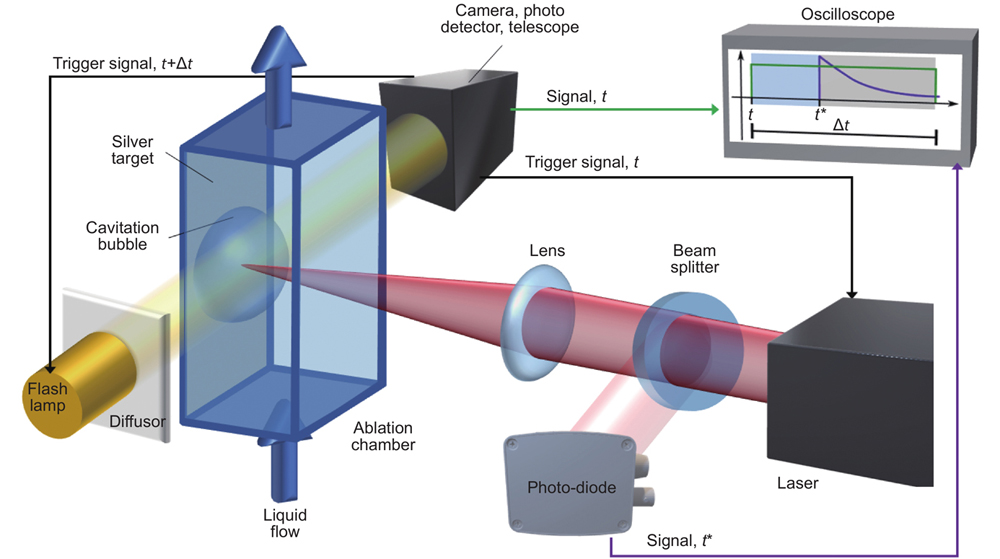Sarah Dittrich, Stephan Barcikowski, Bilal Gökce. Plasma and nanoparticle shielding during pulsed laser ablation in liquids cause ablation efficiency decrease[J]. Opto-Electronic Advances, 2021, 4(1): 200072
Search by keywords or author
- Opto-Electronic Advances
- Vol. 4, Issue 1, 200072 (2021)
Abstract
| () |
View in Article
| () |
View in Article
| () |
View in Article
| () |
View in Article

Set citation alerts for the article
Please enter your email address



